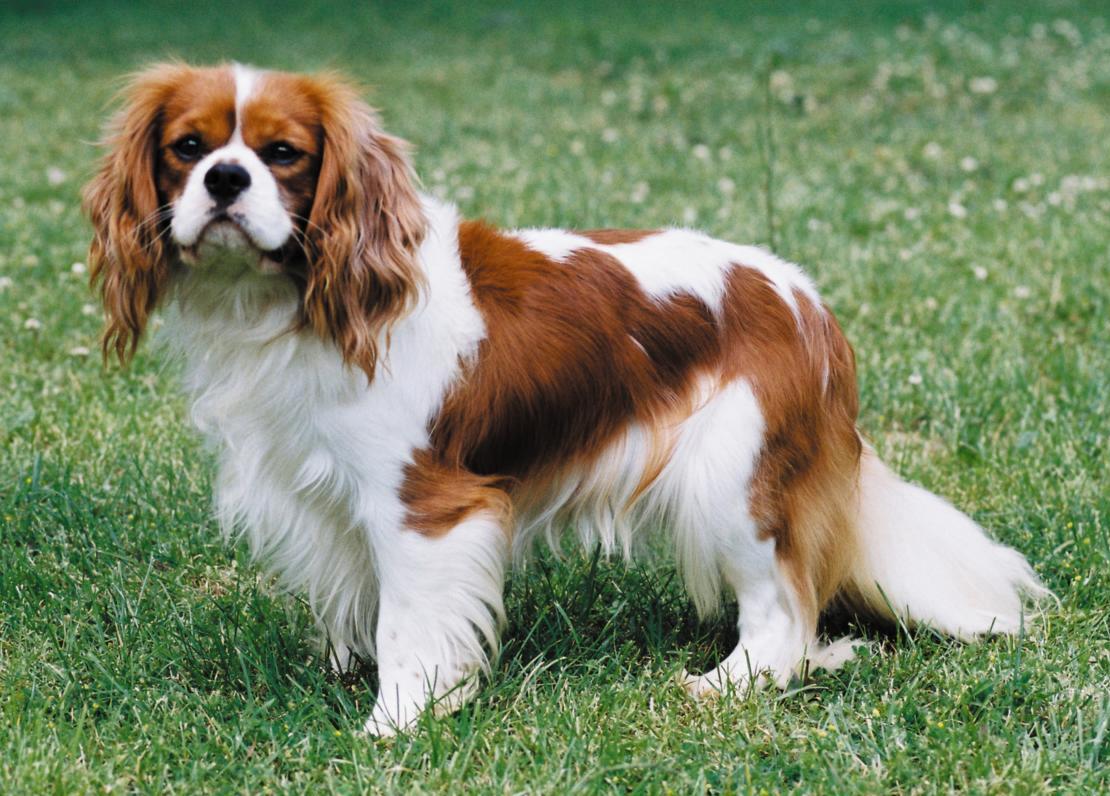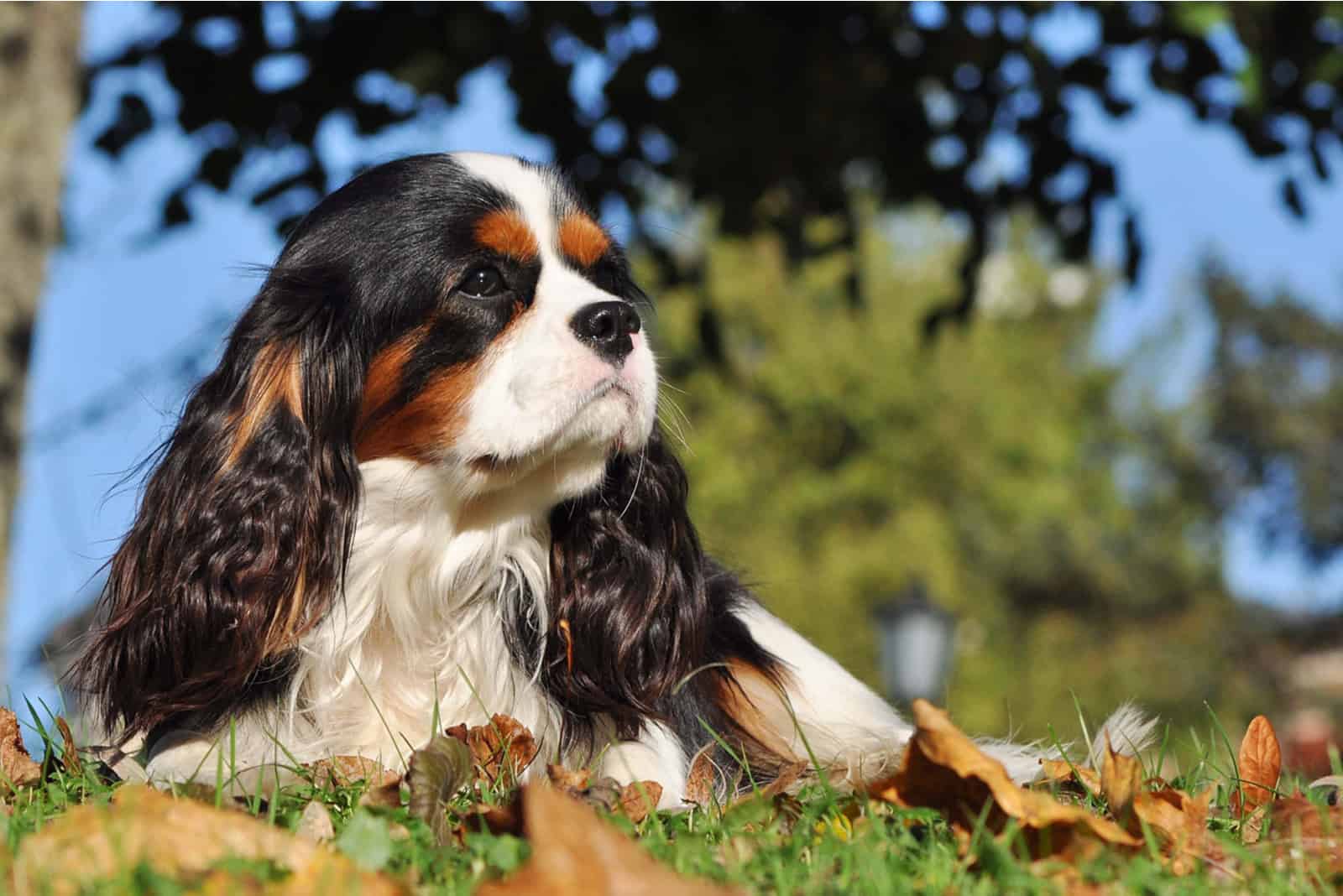Is there a more charming canine companion than the Cavalier King Charles Spaniel? This breed, a tapestry of history, affection, and playful spirit, offers a unique blend of regal lineage and everyday joy, making it a beloved choice for families and individuals alike.
Delving into the world of the Cavalier King Charles Spaniel is akin to opening a storybook filled with tales of royal courts, affectionate companionship, and the enduring bond between humans and their furry friends. These dogs, with their expressive eyes, silky ears, and gentle demeanor, have captured hearts for centuries, evolving from the comforter dogs of Tudor times to the cherished companions of today.
| Attribute | Details |
|---|---|
| Breed Name | Cavalier King Charles Spaniel |
| Origin | Great Britain |
| Size | Medium (within the toy group) |
| Height | Males: 34-36 cm, Females: 32-34 cm |
| Weight | 5 to 8 kg (both sexes) |
| Life Expectancy | 9 to 14 years |
| Temperament | Gentle, affectionate, playful, outgoing, adaptable |
| Grooming Needs | Regular brushing to maintain coat health; occasional professional grooming |
| Exercise Needs | Moderate; enjoys walks, playtime, and interactive games |
| Health Considerations | Prone to certain health issues; responsible breeding and regular vet checkups are crucial |
| AKC Group | Toy Group |
| Colors | Blenheim (chestnut and white), Tricolor (black, white, and tan), Black and Tan, Ruby |
| Famous For | Royal lineage, affectionate nature, long silky ears |
| Training | Generally easy to train due to intelligence and eagerness to please |
| Suitable For | Families, individuals, and seniors who can provide love, attention, and moderate exercise |
| Reference | American Kennel Club (AKC) |
The Cavalier King Charles Spaniel's story begins in the royal courts of 17th-century England. King Charles II, a passionate devotee of the breed, ensured these charming dogs were fixtures in his life, even accompanying him to Parliament. These spaniels, the ancestors of today's Cavaliers, were prized for their companionship and gentle nature. Their name, a direct homage to the king, cemented their place in history and royalty.
- Salt Trick For Erections More Does It Really Work
- Movierulz Alternatives Safe Legal Streaming Options
Over the centuries, these dogs evolved, and in the early 20th century, the modern Cavalier King Charles Spaniel began to emerge. In 1945, the British Kennel Club officially recognized the breed as the Cavalier King Charles Spaniel, distinguishing it from its close relative, the English Toy Spaniel (also known as the King Charles Spaniel). This recognition marked a pivotal moment, solidifying the Cavalier's unique characteristics and ensuring its continued popularity.
The Cavalier King Charles Spaniel is a breed that embodies elegance and grace. Their appearance is a delightful combination of beauty and charm. With their silky, flowing coat, often adorned with distinctive markings, these dogs are a sight to behold. The breed's signature features include their long, feathered ears, which frame their expressive, soulful eyes. Their compact build and graceful movements add to their overall appeal. The American Kennel Club (AKC) recognizes four main color variations: Blenheim (chestnut and white), Tricolor (black, white, and tan), Black and Tan, and Ruby (a rich, solid red).
Beyond their captivating appearance, Cavalier King Charles Spaniels are renowned for their amiable personalities. They are known to be friendly, sociable, and adaptable, making them ideal companions for people of all ages. Their gentle disposition and eagerness to please make them relatively easy to train, and they thrive on positive reinforcement. These dogs are intelligent and enjoy learning, making training an enjoyable process for both the owner and the dog. Cavaliers are known to be playful and curious, and they love to explore their surroundings. They thrive on human interaction and are happiest when they are part of a loving family. As the French would say, "Le cavalier king charles spaniel est un chien affectueux, lgant et doux."
Owning a Cavalier King Charles Spaniel comes with both advantages and disadvantages, as with any breed. Their affectionate and gentle nature is a significant plus, making them wonderful companions. They adapt well to various living situations, provided they receive adequate exercise and attention. Their relatively small size makes them suitable for apartments and smaller homes. The breed's intelligence and trainability make them a joy to own, as they are eager to please and learn new things. However, potential owners should be aware of certain health considerations. Cavaliers are prone to specific health issues, such as heart conditions and syringomyelia. Responsible breeders will screen their dogs for these conditions, and regular veterinary checkups are essential. Furthermore, their silky coats require regular grooming to prevent matting and tangles.
Caring for a Cavalier King Charles Spaniel involves several key aspects. Grooming is essential to maintain their beautiful coats. Regular brushing, several times a week, is necessary to prevent matting and to keep their fur healthy and shiny. Occasional baths, as needed, will help to keep them clean. Many owners also opt for professional grooming every few months to maintain their Cavalier's elegant appearance. Training should begin early, using positive reinforcement methods. These dogs respond well to praise, treats, and games. Socialization is also important, exposing them to various people, places, and experiences to ensure they develop into well-adjusted adults. Exercise is a key component of their well-being. While they are adaptable to different activity levels, they enjoy daily walks, playtime in a safe, enclosed area, and interactive games. Providing a balanced diet is crucial for their health. Feed your Cavalier a high-quality dog food appropriate for their age, size, and activity level. Always ensure they have access to fresh water.
Finding a reputable breeder or rescue organization is essential when acquiring a Cavalier King Charles Spaniel. Researching breeders thoroughly is crucial. Look for breeders who prioritize the health and well-being of their dogs. They should be willing to provide health clearances for the parents, demonstrating that they have been screened for common breed-specific health issues. They should also be knowledgeable about the breed and happy to answer your questions. Visiting the breeder's facilities is a good idea to assess the living conditions of the dogs. Alternatively, consider adopting from a rescue organization. Many Cavalier King Charles Spaniels are in need of loving homes. Rescue organizations often have dogs of various ages and temperaments, and adopting can be a rewarding experience.
The Cavalier King Charles Spaniel Club, USA, Inc. (CKCSC, USA), is the founding club and original registering body for Cavaliers in the United States. Established in 1954, its primary goal has always been to protect the breed and uphold its standards. The CKCSC, USA, and other breed-specific clubs offer valuable resources, including information on breeders, health issues, and breed-specific events. When seeking information about the breed, it is wise to consult resources like the FCI standard, number 136, which establishes the ideal appearance of the dog, including permissible colors, proportions, and physical characteristics. Researching and finding best Cavalier King Charles Spaniel breeders or shelters in your area will help you to have a great time with your new pet.
In conclusion, the Cavalier King Charles Spaniel offers a unique blend of history, charm, and affection. Their gentle nature, adaptability, and playful spirit make them wonderful companions for a wide range of people. Owning a Cavalier is a rewarding experience, provided you are prepared to provide the necessary care, attention, and commitment. The Cavalier King Charles Spaniel is a small, affectionate, and intelligent breed, known for its devotion and love. By carefully checking your lifestyle and finding a good breeder or shelter, you can look forward to a long and joyful journey with this delightful breed.
The Cavalier King Charles Spaniel requires regular grooming with a comb. Its intelligence and willingness to please make training an enjoyable process. The cavalier king charles spaniel can adapt to your family's activity level, but enjoys exercise when given the opportunity. They got their name from British royalty in the 17th century. King Charles I and his son Charles II were so fond of this breed that they took their dogs with them everywhere, including parliament, according to the Cavalier King Charles Spaniel Club. They were known as comforter dogs during Tudor times, beloved by everyone, particularly royalty. They are named after King Charles II, who reigned during the 1700s. They are happy, active little dogs that require a moderate amount of care and maintenance.

